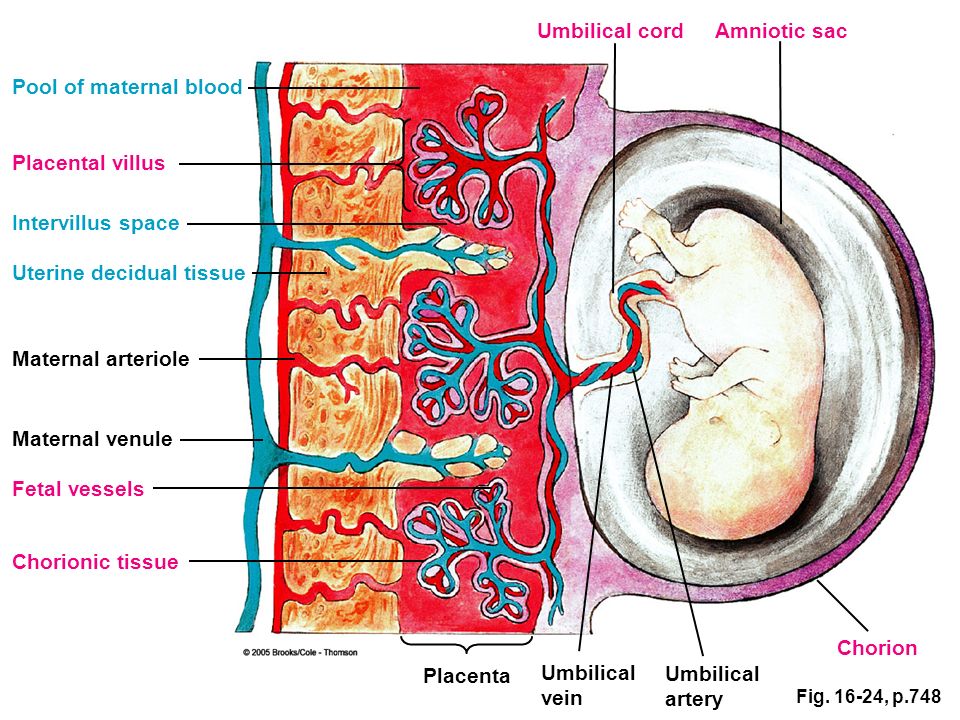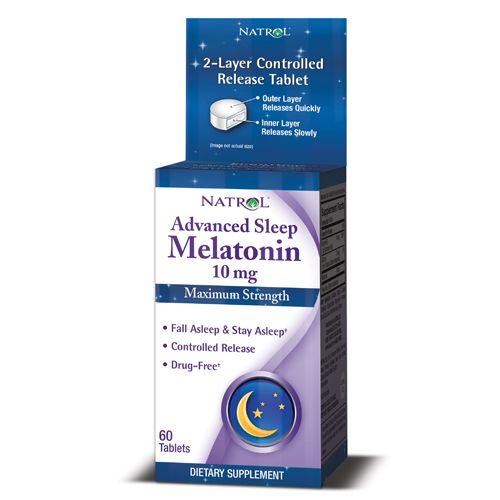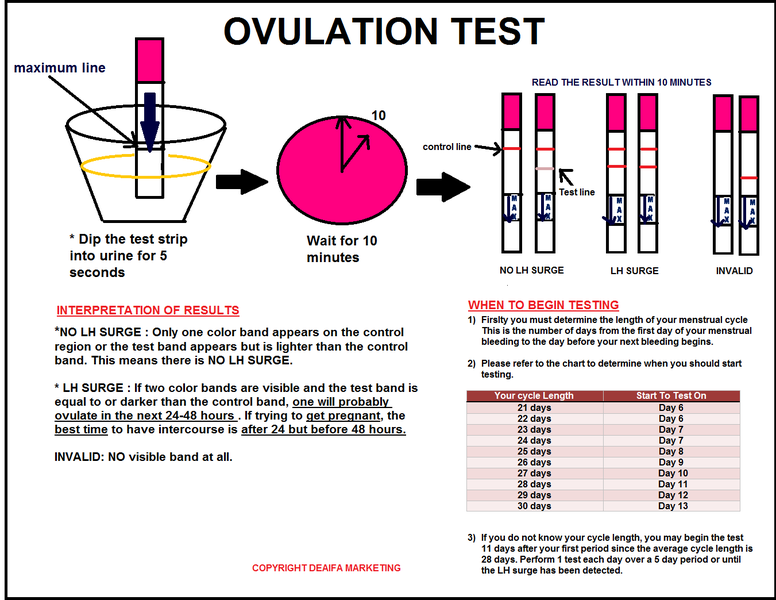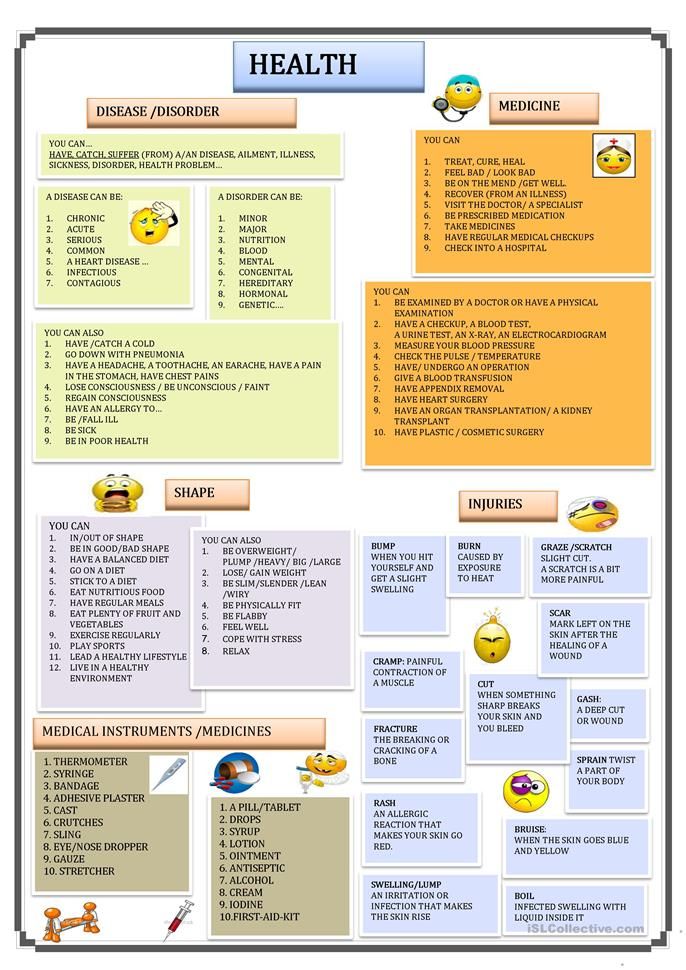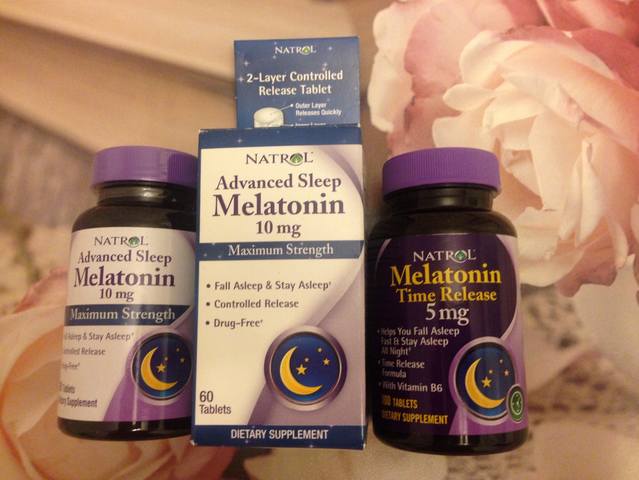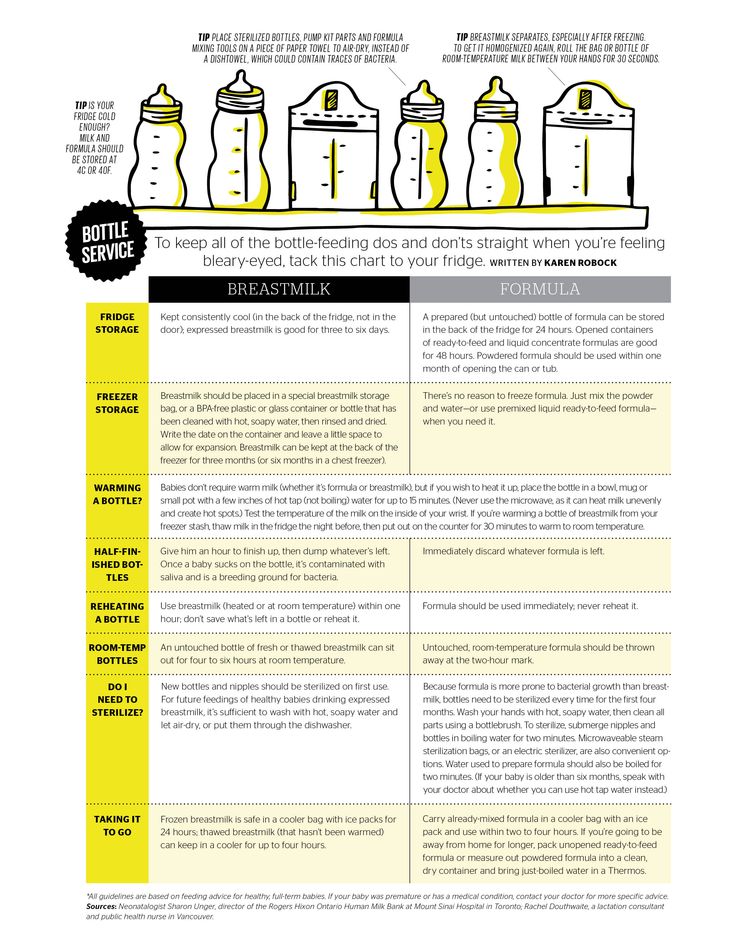Umbilical cord smell bad
Umbilical Cord Infection (Newborn)
The umbilical cord connects the unborn baby to the mother in the uterus. After birth, the cord is no longer needed. It is cut, and then clamped. This leaves a small stump.
In most cases, the umbilical cord stump dries up and falls off the newborn within the first few weeks of life. But sometimes an infection can develop. This may cause the area around the cord to swell and become inflamed, red, or tender. There may be cloudy, discolored, or bad-smelling discharge from the cord. There may also be oozing or slight bleeding.
To treat the umbilical cord infection, the healthcare provider may prescribe medicine and give instructions for cord care at home.
Home care
Medicines
Your child may be prescribed medicine for infection. If so, follow all instructions for giving this medicine to your child. Make sure your child completes all of the medicine, even if he or she seems to feel better.
General care
Wash your hands well before and after caring for the cord.
Clean the area around the cord as directed. You may be told to use a clean, moist cloth, alcohol pads, or a cotton swab dipped in rubbing alcohol. Remove all drainage and clean an inch around the base. If there is a little drainage is present you may be advised to use antibiotic ointment after each cleaning. Pat the area with a clean cloth and allow it to air-dry.
Roll your child’s diapers down below the belly button (navel) until the infection has healed. This helps prevent contamination from urine and stool. If needed, cut a notch in the front of the diapers to make a space for the cord.
Don’t dress your baby in clothing that is tight across the cord.
Don’t put your baby in bathwater until the infection has cleared and the cord has fallen off. Instead, bathe your baby with a sponge or damp washcloth.
Don’t use talc or other powders on the cord.
Don’t try to remove the cord. It will fall off on its own.
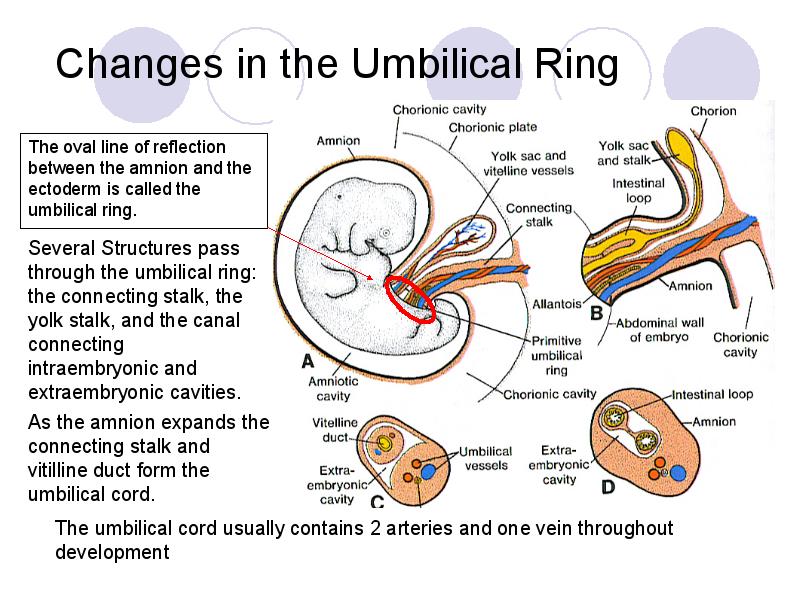
Watch for continuing signs of infection. This includes redness, swelling, and cloudy, discolored, or bad-smelling drainage in the area around the cord.
Follow-up care
Follow up with your child’s healthcare provider as directed.
When to seek medical advice
Call your child’s healthcare provider right away if any of these occur:
Your child has a fever (see “Fever and children” below)
Your child’s signs of infection get worse or do not improve within 2 days of starting treatment.
Your child won’t stop crying or seems to be in pain when you touch the area around the cord and navel.
There is increased bleeding from the cord.
Your child develops a rash, pimples, or blisters around the navel.
Your child refuses to feed.
Your child is very sleepy or not moving around as much as usual.
Your child seems ill or has any other symptoms that concern you.
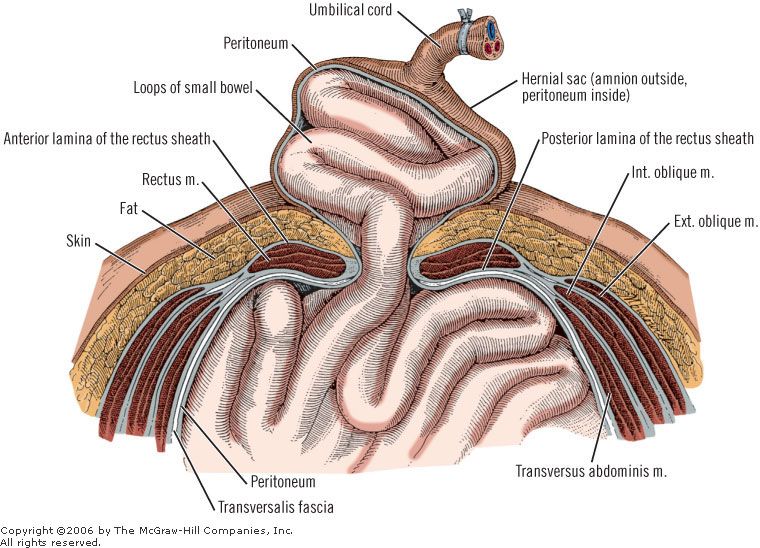
Fever and children
Always use a digital thermometer to check your child’s temperature. Never use a mercury thermometer.
For infants and toddlers, be sure to use a rectal thermometer correctly. A rectal thermometer may accidentally poke a hole in (perforate) the rectum. It may also pass on germs from the stool. Always follow the product maker’s directions for proper use. If you don’t feel comfortable taking a rectal temperature, use another method. When you talk to your child’s healthcare provider, tell him or her which method you used to take your child’s temperature.
Here are guidelines for fever temperature. Ear temperatures aren’t accurate before 6 months of age. Don’t take an oral temperature until your child is at least 4 years old.
Infant under 3 months old:
Ask your child’s healthcare provider how you should take the temperature.
Rectal or forehead (temporal artery) temperature of 100.4°F (38°C) or higher, or as directed by the provider
Armpit temperature of 99°F (37.
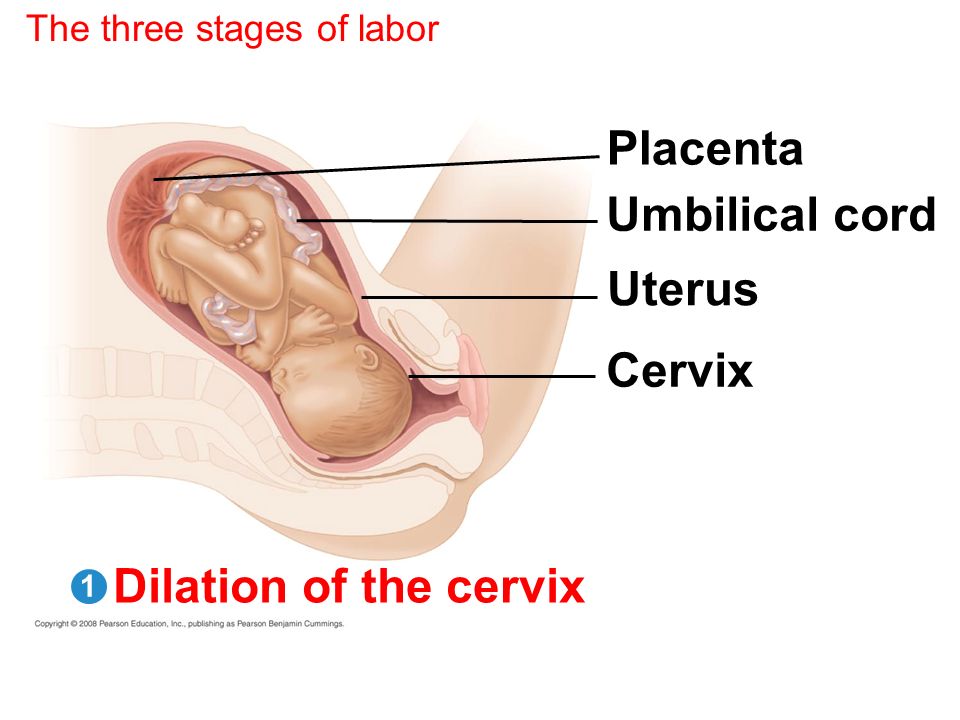 2°C) or higher, or as directed by the provider
2°C) or higher, or as directed by the provider
Newborn Umbilical Cord Care and Signs of Infection
As the parent of a newborn, you’ll want to know about umbilical cord care, including how to keep your baby’s umbilical cord stump dry until it falls off, how to identify the signs of infection, and when to call your healthcare provider. Read on to learn about all this, and more.
What Is the Umbilical Cord Stump and When Will It Fall Off?
The umbilical cord delivered nutrients and oxygen to your baby in the uterus. Soon after your baby is born the cord is clamped and cut. Your baby wouldn’t feel this as the umbilical cord has no nerves in it.
The clamp is usually kept in place for 24 to 48 hours. It is removed once what remains of the cord has dried and no longer bleeds.
Once the clamp is removed, what will remain on your little one’s belly is a little stump. As the umbilical cord stump dries, shrivels, and hardens, it will go from a yellow color to a brownish black.
The umbilical cord stump usually falls off within a few weeks of your baby’s birth. Contact your baby’s healthcare provider if it hasn't fallen off by the time your little one is 2 months old.
In some cases, there may be an underlying cause for the umbilical cord stump not falling off, such as an infection or an immune system disorder, which your provider will investigate.
After the stump falls off, the skin underneath should be healed. Sometimes, the skin may be a little raw, and a little fluid may seep out. Continue to keep your little one’s belly button dry and clean and it should soon heal completely. Contact your healthcare provider if it hasn’t healed within two weeks of the stump falling off.
How to Care for and Clean the Umbilical Cord Stump
The key is to keep the stump area clean and dry. It might be most convenient to clean your little one's stump when you change her diaper or when you bathe her.
Here are some umbilical cord care tips to follow:
Keep the umbilical cord stump clean and dry. Experts recommend “dry cord care,” which means allowing air to reach the cord stump and not covering it in water or ointments. You may have heard of dabbing rubbing alcohol on the stump, but nowadays experts tend to recommend just letting it be. Ask your healthcare provider for advice if you're not sure what to do.
Prevent irritation. Try to prevent your newborn's diapers from rubbing against the stump by folding the top of the diaper down under the cord stump, or choosing a disposable diaper with a cutout notch at the top. Pampers Swaddlers have this feature, for example.
Check for signs of infection. Clear liquid oozing from the stump, drops of blood, and scabbing can be normal, but if you notice any signs of an infected umbilical cord stump or if your baby has a fever, let your healthcare provider know right away.
Don't pick at the stump.
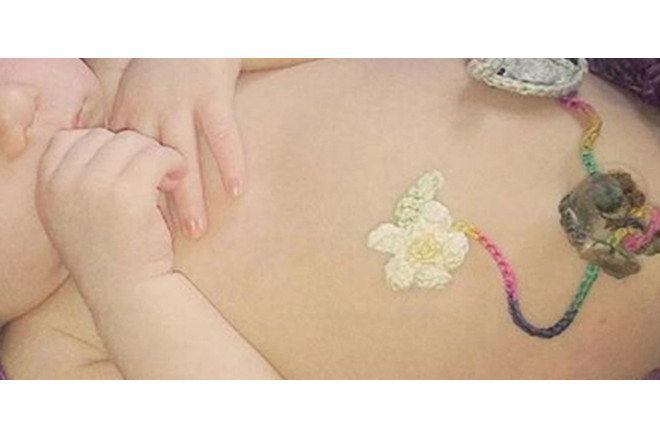 Let the umbilical cord stump fall off on its own rather than picking or pulling it, even if it's hanging off. It will fall off in due course.
Let the umbilical cord stump fall off on its own rather than picking or pulling it, even if it's hanging off. It will fall off in due course.Keep an eye out for bleeding. A few drops of blood when the stump falls off is normal. If it bleeds any more than this, contact your baby's healthcare provider.
Don't tape or cover the umbilical area with a coin. Contrary to what you may have heard, taping the navel area down or placing a coin on it won't help change the shape of your little one's belly button, and may actually cause damage. Reach out to your baby's healthcare provider if you're concerned about the shape of your baby's belly button or if you suspect your little one may have a condition like an umbilical hernia.
Bath Time and Umbilical Cord Care
Until the stump falls off and your baby's belly button heals, it's best to stick with sponge bathing so that you avoid soaking the stump in water. You don't need to sponge bathe your baby every day; two or three times a week is usually enough.
You don't need to sponge bathe your baby every day; two or three times a week is usually enough.
You may wish to use sponge bath time to gently clean the umbilical cord stump as well.
To give your little one a sponge bath, get everything ready that you'll need like
a bowl of warm water
a washcloth
baby soap
a wet cotton swab or cotton ball
towels
a fresh diaper
clothes.
Lay your baby down on a padded flat surface — like the changing pad on the changing table, or on the floor on a soft towel — with your supplies within reach. Never leave your baby unattended during the sponge bath; if she's on a raised surface, such as the changing table, keep the safety strap fastened and a hand on her at all times.
Keep your little one covered in a towel so she doesn't become chilled, exposing only the parts of the body that are being washed. Start with her face, using the damp washcloth but no soap so that you don't get soap in her eyes.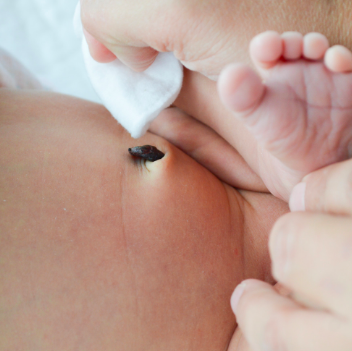 Then add soap to the water and continue to gently clean the rest of her body, especially the folds of her skin around her neck, ears, and genital area.
Then add soap to the water and continue to gently clean the rest of her body, especially the folds of her skin around her neck, ears, and genital area.
For the umbilical cord stump area, follow the umbilical cord care tips listed above. You may wish to use a wet cotton ball or a swab to clean the skin around the stump area, being careful not to get the stump itself wet.
Once the cord has fallen off, feel free to bathe your baby in a baby bathtub or in the sink.
Changing Your Baby’s Diaper and Protecting the Umbilical Cord Stump
You can read about how to change a diaper here, but keep in mind that in these first few weeks you’ll need to be extra careful to protect the umbilical cord stump area.
If the cord stump hasn’t fallen off yet, use notch-cutout diapers or fold down the top of the diaper to prevent urine from reaching the stump and to prevent the diaper itself from irritating the stump.
For the umbilical cord stump area, follow the umbilical cord care tips listed above.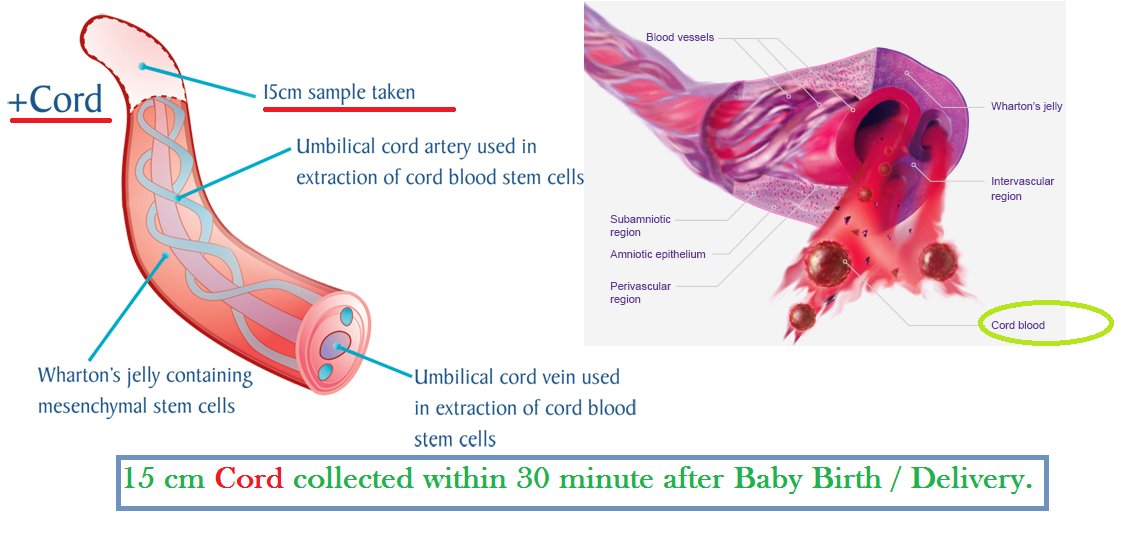 You may wish to use a wet cotton ball or a swab to clean the skin around the stump area, being careful not to get the stump itself wet.
You may wish to use a wet cotton ball or a swab to clean the skin around the stump area, being careful not to get the stump itself wet.
Signs of an Infected Umbilical Cord Stump
It’s unlikely your baby’s umbilical cord stump will become infected, but if you notice any of these signs of an infected umbilical cord, contact your baby’s healthcare provider.
These are some of the signs of an infected umbilical cord:
A smelly yellow discharge from the stump area
A reddening of the skin around the stump
Swelling of the navel area
Your baby crying when you touch the stump, indicating it is tender or sore.
It’s normal to see crusted discharge, dried blood, or a little bleeding when the umbilical cord stump falls off. Bleeding is not necessarily a sign that your newborn’s belly button is infected, but if your baby’s umbilical cord area continues to bleed ask your child’s healthcare provider for advice.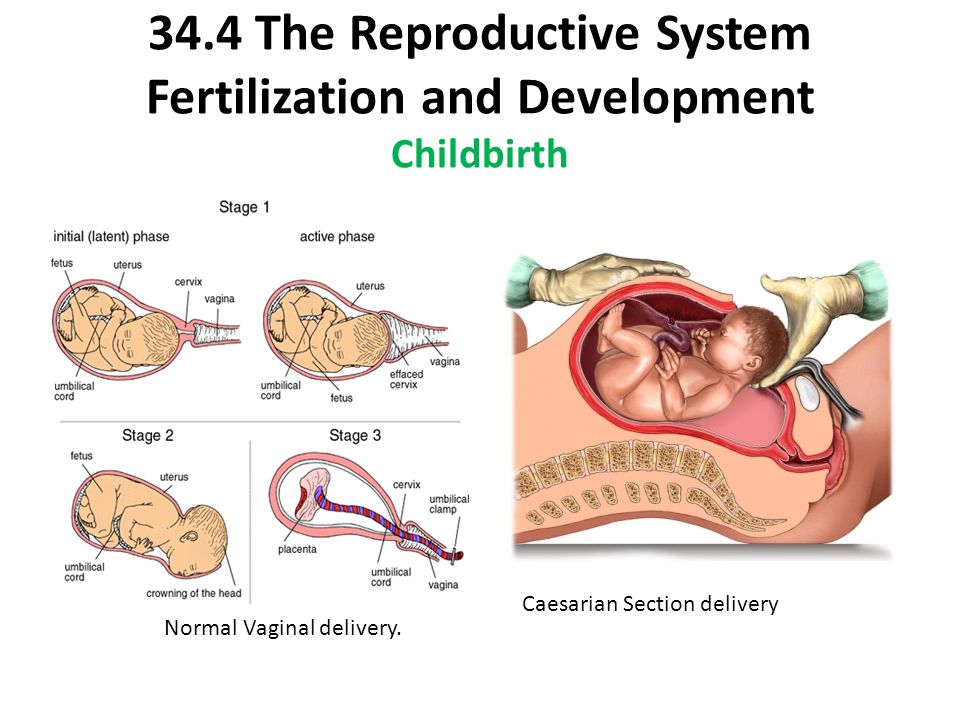
Read more about baby skin care so that you can help keep your little one’s soft skin healthy and clean.
Umbilical Cord Conditions
These are two conditions associated with the umbilical cord or navel area. Chat with your healthcare provider if you think your baby may have either of these:
Umbilical granuloma. After the cord falls off, you may notice a reddish moist lump or nodule near where the cord fell off that may get slightly larger and continue to ooze slightly. This is likely go away after about a week or so, but if not your baby’s healthcare provider may remove it.
Umbilical hernia. If you notice that your baby’s belly button bulges out when he cries, he could have an umbilical hernia. This is a little hole in the abdominal wall that allows tissue to bulge out when there is pressure, such as when your little one cries. An umbilical hernia will typically heal when your child is between 12 months old and 18 months old.
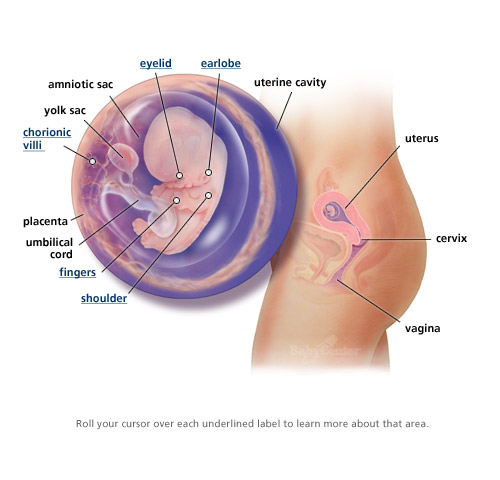
The Bottom Line
Within a few weeks after your baby is born, what remains of the umbilical cord will fall off to reveal your baby’s cute little belly button. It’s a reminder of how far your little one’s come in just a short time.
As you go about carefully changing your newborn’s diapers, know that you could be getting gifts and discounts for all that you’re doing. Download the Pampers Club app to get started.
Belly button with a trick. Why does it smell bad? | Child health | Health
The navel, or navel, is, in fact, a scar that is on the anterior abdominal wall. It remains after the removal of the umbilical cord in a newborn. All placental mammals have this distinctive feature. Often the navel is a depression on the stomach, but there are those who have it convex, however, there are fewer such people.
It is traditionally believed that it is necessary to monitor the condition of the navel only in the first months after the birth of the baby.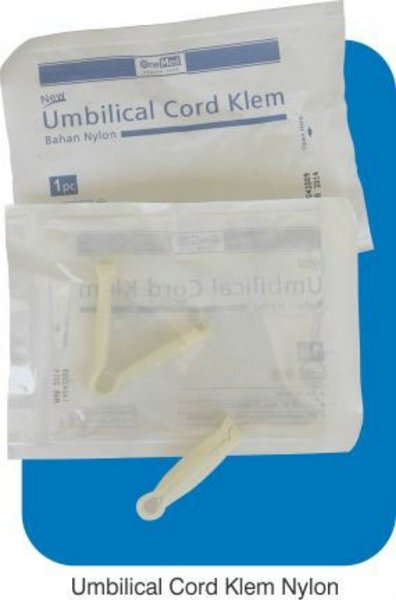 Usually, after this, the navel does not manifest itself in any way and does not remind of itself. But there are also exceptions to the rule. So, for example, at different ages, you can feel an unpleasant odor that comes from this particular area. Experts say that this is indeed the case and is caused by a number of reasons.
Usually, after this, the navel does not manifest itself in any way and does not remind of itself. But there are also exceptions to the rule. So, for example, at different ages, you can feel an unpleasant odor that comes from this particular area. Experts say that this is indeed the case and is caused by a number of reasons.
Why a baby's navel smells
One of the common reasons why a baby can smell from the navel is umbilical fistulas. “The umbilical fistula is a hole that forms just the same in this place. It can manifest itself early enough, and if the healing of the navel goes poorly, or it cannot completely end in any way, when the process with the bracket has fallen off or it has been removed, and the wound continues to get wet, you need to look carefully - perhaps a hole has formed there. And in it, against the background of healing, inflammation can easily develop, ”says pediatrician Anna Shulyaeva.
There are several manifestations of this problem - a complete and incomplete fistula.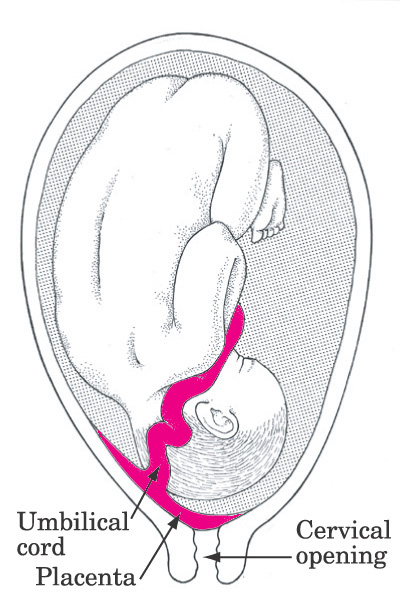 The first one is more dangerous. Indeed, in this case, the ducts can be completely open, and both urine and feces will come out through the hole. They say about an incomplete fistula, when the duct is partially ajar, then suppuration occurs, but without serious complications. With such a problem, in addition to the smell from the navel, an increased body temperature, inflammation of the umbilical ring, and swelling in this area may appear. If left untreated, diverticula, intestinal obstruction, intoxication of the body, and even peritonitis can form. The consequences will be completely sad - blood poisoning, disability and even death.
The first one is more dangerous. Indeed, in this case, the ducts can be completely open, and both urine and feces will come out through the hole. They say about an incomplete fistula, when the duct is partially ajar, then suppuration occurs, but without serious complications. With such a problem, in addition to the smell from the navel, an increased body temperature, inflammation of the umbilical ring, and swelling in this area may appear. If left untreated, diverticula, intestinal obstruction, intoxication of the body, and even peritonitis can form. The consequences will be completely sad - blood poisoning, disability and even death.
Another disease that can cause smell from the navel in a baby is omphalitis. “This is an inflammation of the skin in the umbilical wound, which can be triggered by pathogens, mainly bacteria. This is a surgical pathology that needs to be urgently treated, because it is also fraught with peritonitis and inflammatory processes in the entire abdominal cavity,” says Anna Shulyaeva.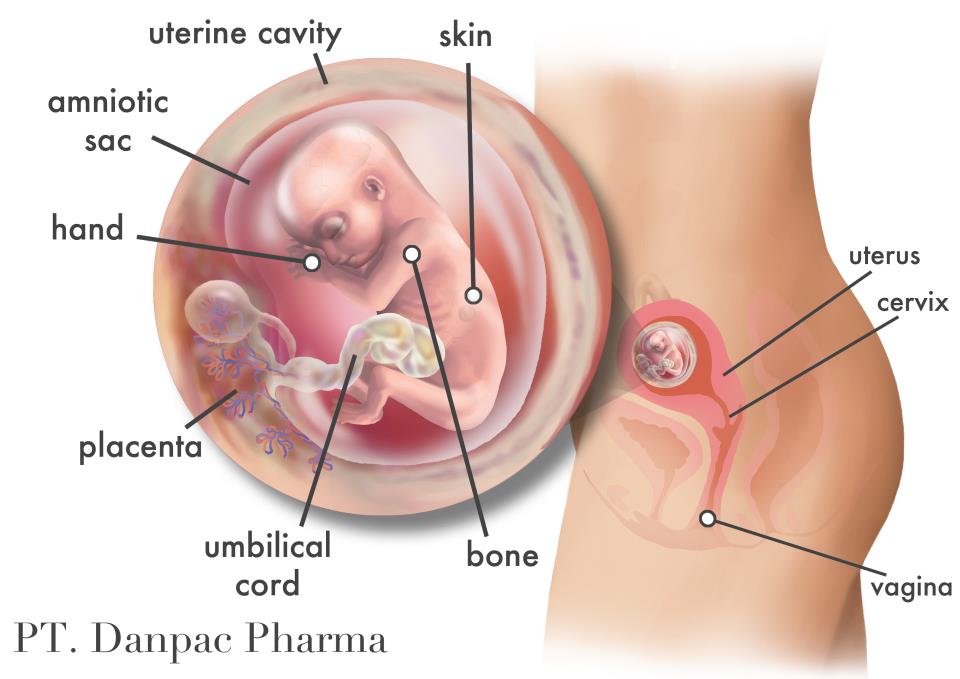
A problem develops if the infection has entered through an unhealed umbilical wound. For example, this can happen if the umbilical wound is not properly cared for. In addition, diaper dermatitis can act as a provoking factor. Omphalitis, like a fistula, can manifest as a weeping wound, swelling and redness. In addition, it happens that the body temperature of the child rises.
Another reason for the smell from the navel in a child (by the way, the same problem can be found in adults, but rarely, because it is mainly diagnosed in childhood) is an Urachus cyst. “Such a defect occurs when the bladder and duct are formed incorrectly, which should normally grow by 3-6 months. As a result, a process is formed near the bladder, in which fluid accumulates, and later it begins to be excreted just through the navel, through the existing umbilical wound, ”the pediatrician notes.
This disease also requires the fastest possible treatment. Waiting for it to go away on its own is not worth it.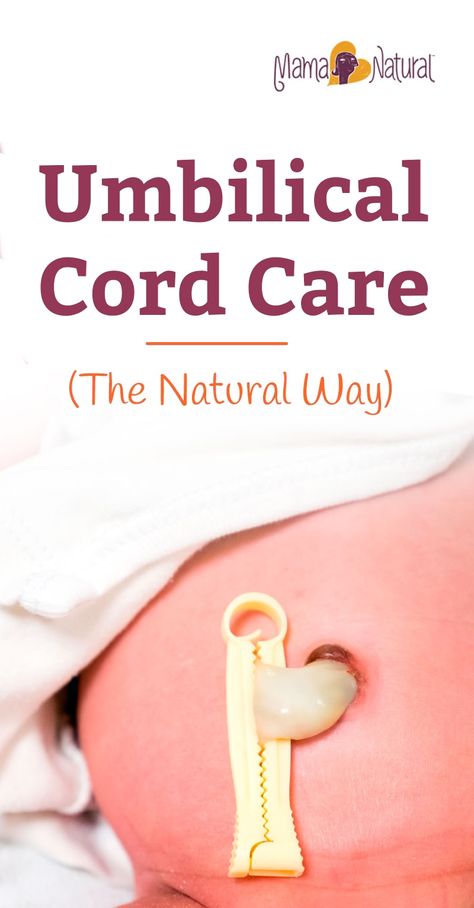
Causes of odor in adults
Adults may also experience navel odor. “It happens that inflammation develops in the navel due to some kind of trauma. It may start unnoticed. For example, during an injury, the integrity of the skin was violated, and pathogenic microorganisms of the opportunistic flora that live on the hands got on the integument. As a result, fungi, staphylococci, and so on can easily migrate to the navel, ”says Anna Shulyaeva.
In addition, the smell may appear due to poor hygiene of this area on the body. Don't forget about the belly button. But in fact, few people somehow pay attention to this area when washing, do not rub it with a washcloth inside. And in the navel, villi and microparticles from clothes, dust, etc. easily accumulate. If pathogens get here, unpleasant consequences can begin. And then you can fully feel the smell from the navel. To prevent such a problem, it is recommended to gently treat the navel at least once a week with cotton wool soaked in alcohol or peroxide.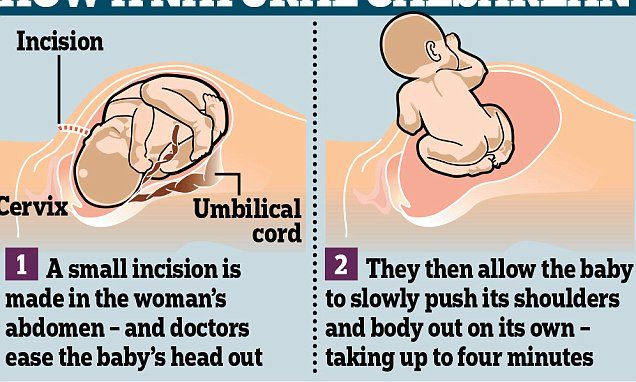
“Also, the smell from the navel in adults and children in puberty can appear against the background of a decrease in immunity and any diseases that can worsen the body's defenses. For example, this happens with pathologies of the thyroid gland or diabetes mellitus, ”the pediatrician notes. Diabetes easily leads to the fact that the navel area begins to get wet, or even discharge begins from it, outwardly resembling cottage cheese.
In general, if there is a smell from the navel, it is worth checking your hygiene for compliance with the norms and correcting the shortcomings. And if it is accompanied by other manifestations, such as fever or any discharge, you should consult a doctor as soon as possible to determine the cause and begin treatment.
The navel of a newborn under a clothespin smells (pediatrician's advice)
February 14, 2019
Sveta Averyanova
The umbilical ring in newborns heals for several weeks. In most infants, this process passes without complications and unpleasant symptoms.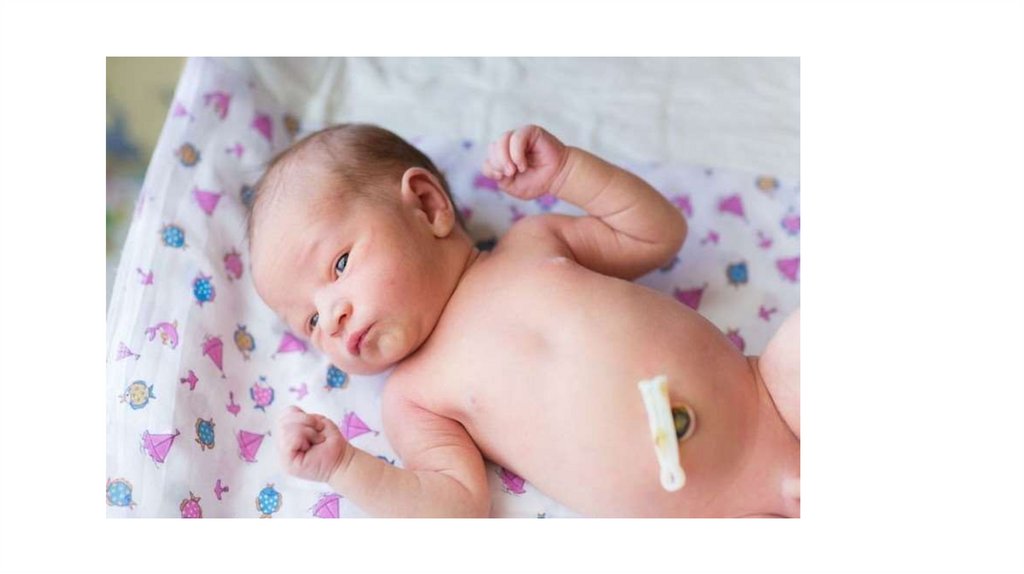 In rare cases, associated with congenital pathology or non-compliance with the rules of hygiene, an unpleasant odor comes from the umbilical wound. Why the child smells from the navel, how to be in such a situation for parents, we will tell you in more detail. 9Ol000 in a newborn, of course, is not the norm, but also not always a sign of serious problems with the child's health. There are several reasons for this phenomenon:
In rare cases, associated with congenital pathology or non-compliance with the rules of hygiene, an unpleasant odor comes from the umbilical wound. Why the child smells from the navel, how to be in such a situation for parents, we will tell you in more detail. 9Ol000 in a newborn, of course, is not the norm, but also not always a sign of serious problems with the child's health. There are several reasons for this phenomenon:
- Prolonged healing of the umbilical wound. Normally, the navel grows over a few weeks after the baby is born. If the process is delayed, secretions, sputum, and sometimes blood accumulate inside the umbilical wound.
- Fistula of the navel in a newborn. An extremely unpleasant pathology associated with the connection of the umbilical opening with the abdominal organs directly. Through the navel in this disease, waste products, blood are excreted, suppurations form inside the wound. You can solve the problem in an operative way, it’s definitely impossible to get by with green paint.
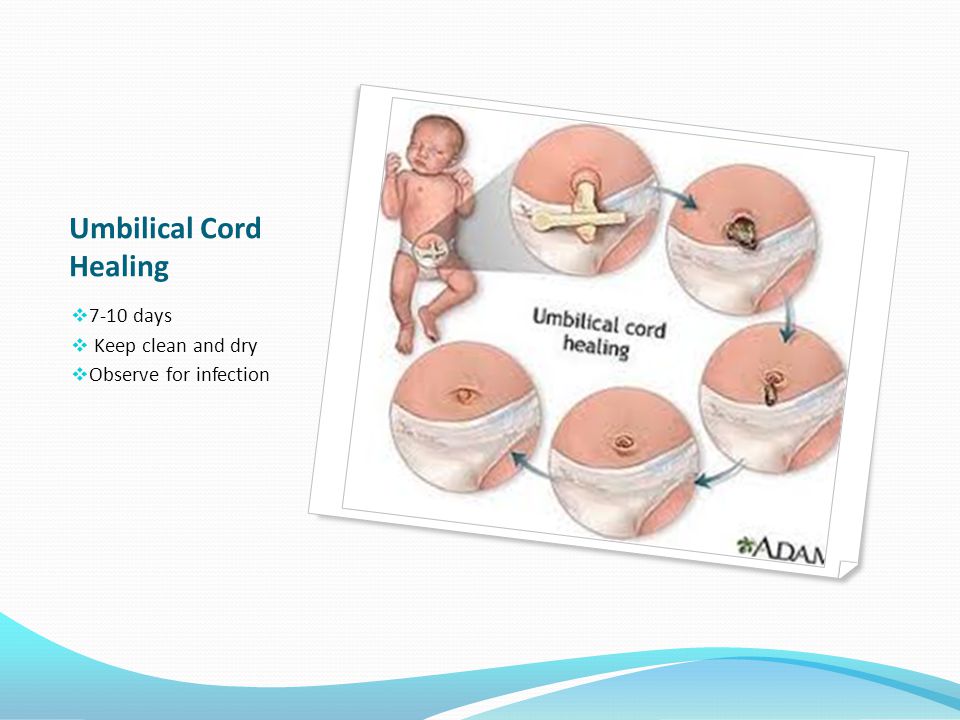
- Insufficient care. If the mother treats the wound poorly, dirt, secretions, ichor remain inside, irritation begins, the navel smells bad. With proper care, there should not be an unpleasant symptom.
The process of healing the navel
The umbilical wound normally heals 3-4 weeks after the baby is discharged from the hospital. Immediately after birth, the navel is fixed with a special clothespin.
Plastic device helps the wound heal faster, does not allow infection, bacteria to enter the navel.
Usually the clothespin falls off before discharge from the hospital or at home on the fifth or seventh day. A crust remains at the site of the clamp. It should not get wet and bleed heavily, only a small amount of ichor is allowed within one to two weeks. Gradually, the navel dries up, the sore falls off by itself. A neat navel remains in place of the wound, as in adults.
When to see a doctor
You should sound the alarm and seek advice from a pediatrician at the slightest suspicion of inflammation in the navel.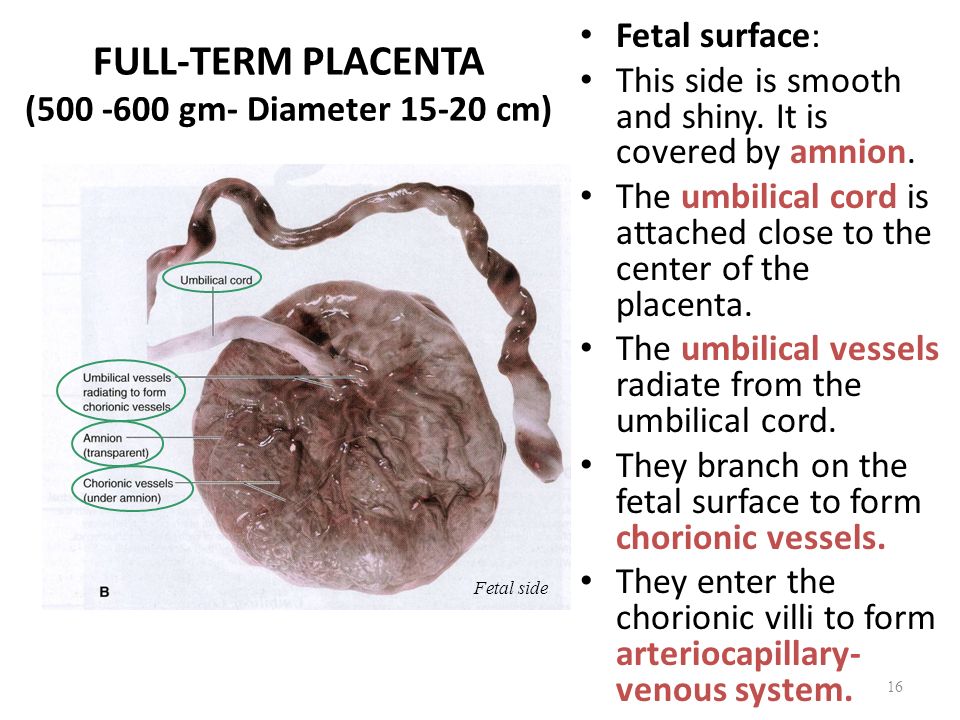 You should not wait until a strong stench comes out of the wound or suppuration begins.
You should not wait until a strong stench comes out of the wound or suppuration begins.
Call a doctor or run to a polyclinic urgently if you notice other dangerous symptoms along with an unpleasant smell from the navel:
- The child has a fever, the baby is constantly crying, sleeps poorly.
- The wound is reddened, swollen, swollen.
- Pus, ichor is discharged from the navel three to four weeks after birth. By this time, the navel should be completely healed, so discharge, sputum are not considered the norm.
- The wound does not hurt, does not turn red, but heals for more than a month, the crust does not form on the site of the umbilical cord.
- The smell of rotten eggs and rot emanates from the wound.
These phenomena are the main symptoms of inflammation of the navel.
Treating it on your own is dangerous to the life and health of an infant.
Note! Be especially vigilant if you smell rot from your navel.
This is the most obvious sign of tissue decay, umbilical fistula.
Due to improper care and poorly washed skins, this phenomenon is unlikely to occur.
What to do
If the umbilical wound begins to smell bad, there is a discharge, consult a doctor. The pediatrician will prescribe a course of treatment with antimicrobial ointments, prescribe antibiotics, and adjust the infant hygiene procedure. At the same time, you need to follow simple rules for caring for the navel so that it heals faster:
- If the wound becomes wet, inflamed and rots, refuse to bathe. Water can be a source of infection.
- Pour hydrogen peroxide over a non-healing area and wait for it to fizz. Then pat the wound dry with a tissue.
- Lubricate the skin around the wound and inside with brilliant green or drip two drops of Chlorophyllipt alcohol solution.
- Apply Fukortsin, Baneotsin on a weeping wound. These funds have antifungal, antiseptic action.
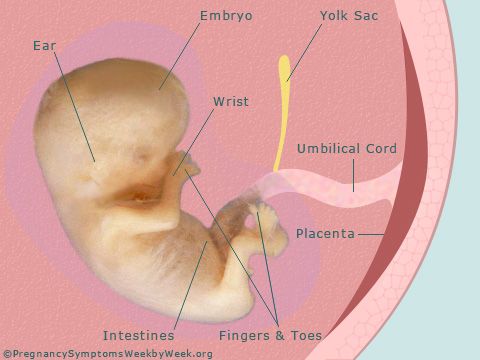 "Baneocin" is especially useful for weeping navels, contains two types of antibiotics, and is well tolerated by newborns. After a course of using these drugs, the navel heals quickly, crusts form on the wound, and they fall off after a few days.
"Baneocin" is especially useful for weeping navels, contains two types of antibiotics, and is well tolerated by newborns. After a course of using these drugs, the navel heals quickly, crusts form on the wound, and they fall off after a few days. - If the navel is getting wet, if it starts to stink, carry out the procedure of drying and treatment with antiseptics at least twice a day.
Prevention and care
So that there are no problems with the umbilical wound, there is no unpleasant smell from the inside, it is important for mothers to properly care for it. Observe the following recommendations of pediatricians:
Here is what Dr. Komarovsky says about the main rules for treating an umbilical wound.
The navel care procedure is simple and consists of several steps:
- The baby is washed in the bath, wiped dry. There is an opinion that bathing babies until the navel is completely healed is not worth it, so you can not wet it completely, but just wash it.
 If the baths are not canceled, then add potassium permanganate, decoctions of chamomile, oak, and celandine to the water.
If the baths are not canceled, then add potassium permanganate, decoctions of chamomile, oak, and celandine to the water. - Placed on the changing table, bed.
- Pour or pipette hydrogen peroxide into the navel. This tool stops bleeding in the navel, disinfects the outer part of the tissues.
- Waiting for the medication to sizzle.
- Blot the wound with a dry cloth or wait for it to dry on its own. It is impossible to apply brilliant green on skin that is wet from peroxide, the antiseptic will not be able to fully act on microbes and dry the navel.
- Apply brilliant green or alcohol solution of "Chlorophyllipt" to the skin around and inside the navel.
- If some parts of the crust on the umbilical sore have fallen off, carefully remove them with your hands or with a cotton swab soaked in brilliant green. If the sore has not dried up yet, it cannot be torn off.
- Dress the baby in clean clothes, a diaper with a cut out hole for the navel.
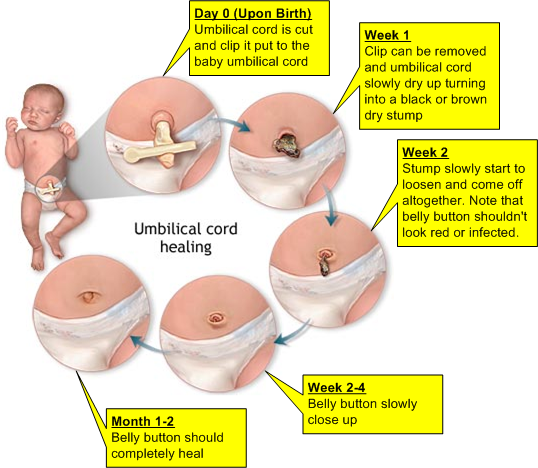
If you follow these rules of care thoroughly, do not forget about daily processing, there will be no unpleasant odor and complications during the healing of the navel.
What not to do
The following manipulations are extremely dangerous for a healthy navel, and even more so an inflamed one:
- Seal the wound with a band-aid. The bandage closes the access of air to the skin. Oxygen is essential for wound healing and drying. If it is not enough, the navel will become wet, inflamed from secretions, drag on longer, there is a threat to get suppuration.
- Peel off dried crusts before they fall off on their own. Peeling sores leads to damage to the skin, a place that has not completely dried up can bleed, the wound will become a gateway for infection.
- Compress the tummy with an unhealed wound with diapers, diapers. In pharmacies, there are special models of diapers with cut holes for the navel.
- Bathe your baby in cold or too hot water.
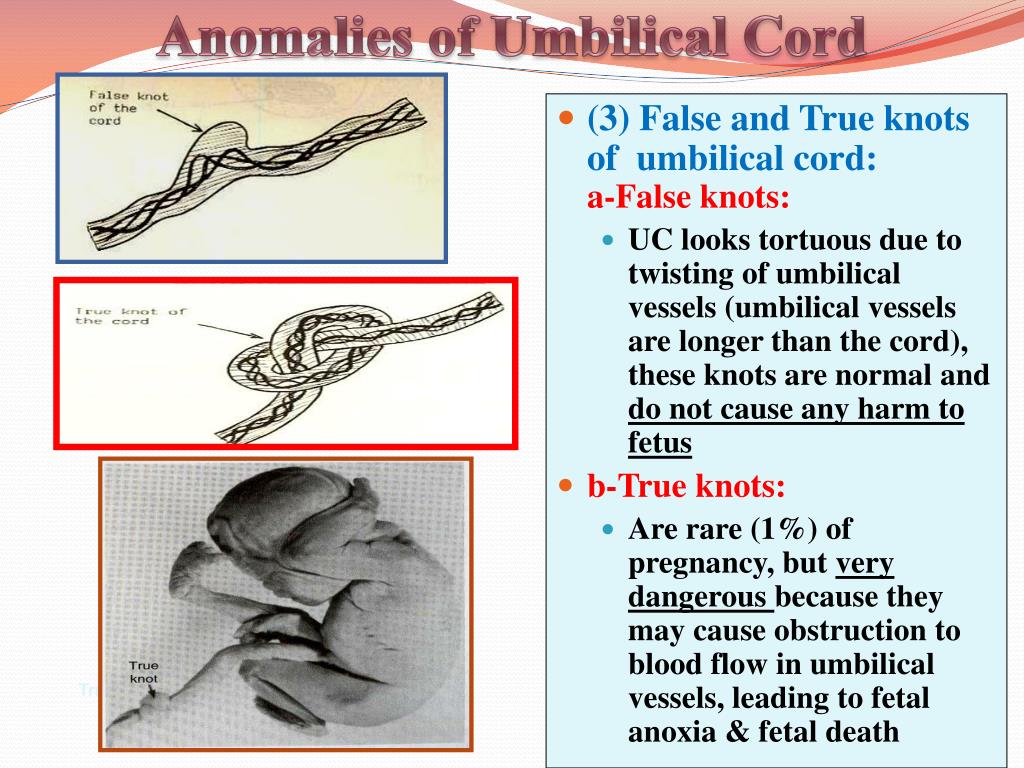 Water is not an antiseptic, even boiled and hot. Warm up the bath to 34-36°C.
Water is not an antiseptic, even boiled and hot. Warm up the bath to 34-36°C. - Wash the baby in raw water during the first month after birth. Pediatricians recommend bathing babies up to 1 month in boiled water with the addition of potassium permanganate, antiseptic herbs.
- Treat an umbilical wound if it smells unpleasant, on your own, use folk methods and advice from friends. For therapy and recommendations, contact the clinic. It is impossible to cure an umbilical fistula, severe inflammation with lotions and grandmother's conspiracies. Delay in seeking medical help will greatly harm the health of the child.
- Stop treatment of the navel before the sores disappear, even if there is no discharge. Drip antiseptics, burn the crusts with brilliant green for at least two weeks, until the appearance of the navel becomes natural.
Make sure and consult a doctor, the pediatrician knows exactly what and how to treat the navel, whether it is necessary to send the baby for a consultation with a surgeon.